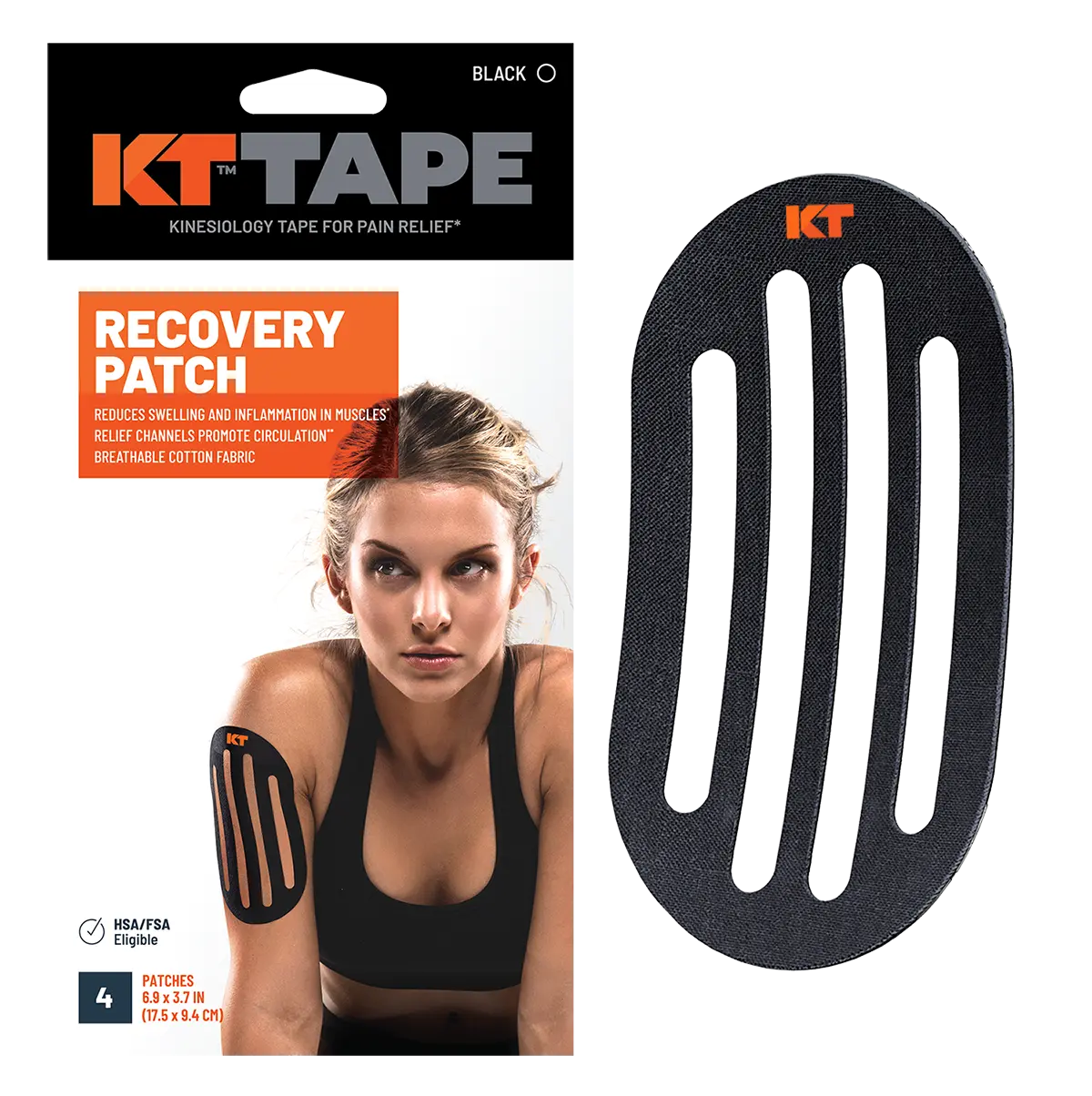You’ve just crushed a workout — smashed your personal best, powered through your last set, or wrapped up a long run. Now what? While the sweat and endorphins might feel like the reward, what you do after your workout is just as important. Enter: post workout recovery.
It doesn’t matter if you're an athlete, a weekend warrior, or just someone trying to stay healthy; recovery post workout plays a major role in how quickly and effectively your body bounces back. So, let’s explore some of the top tools and techniques that can help you reduce muscle soreness, speed up healing, and come back stronger for your next session.
Understanding Post Workout Recovery
Post workout recovery is the process your body undergoes to repair muscles, replenish energy stores, and prepare for the next bout of physical activity. It’s not just about rest — it's an active and intentional part of your fitness plan.
During exercise, you create microscopic damage in your muscle fibers. Recovery is when your body repairs and strengthens those fibers. This process is key for muscle growth, preventing injuries, and improving performance.
One study from the Journal of Applied Physiology even found that “chronic resistance training inhibits the muscle protein synthetic response to an acute bout of resistance exercise,” meaning that without proper recovery, your gains can plateau.
Nutrition and Hydration
To maximize your recovery, what you eat (and when you eat it) matters.
Ideally, you want to refuel within 30 to 60 minutes post-workout. That’s when your muscles are most receptive to nutrients. A balance of carbohydrates and protein is your best bet. Carbs help replenish glycogen (your muscle’s fuel), while protein aids in tissue repair.
Think lean proteins, complex carbs, and healthy fats—grilled chicken with quinoa, Greek yogurt with berries, or a smoothie with protein powder and bananas. Check out this comprehensive guide on nutrition for muscle repair and recovery to dive deeper.
Also, don’t skimp on protein for muscle growth and recovery. It’s essential for reducing soreness and supporting lean muscle development.
Furthermore, hydration supports nutrient transport, muscle function, and toxin removal. If you're dehydrated, muscle recovery slows down. Replenish lost fluids with water and consider electrolytes if you had a long or intense sweat session.
Sleep and Rest
Let’s talk about the secret sauce of recovery: sleep.
Aim for at least 7–9 hours of quality sleep per night, especially if you’re training regularly. During deep sleep, your body releases growth hormone, which plays a major role in tissue repair.
Poor sleep can lead to increased inflammation, delayed healing, and impaired performance. Prioritize a consistent bedtime routine and sleep-friendly environment to maximize your gains.
Active Muscle Recovery Techniques
Active recovery involves low-intensity activities—think walking, cycling, swimming, or a gentle yoga session. These movements help boost circulation, reduce muscle tightness, and promote healing.
Incorporating active recovery days between more intense workouts can help manage Delayed Onset Muscle Soreness (DOMS) while keeping you moving and motivated.
Finding the Best Muscle Recovery Tools
If you’ve ever limped away from leg day, you already know the importance of prioritizing recovery. It’s not just about feeling better — effective recovery can help reduce injury, improve performance, and get you back to training sooner. Here’s a closer look at some of the most effective tools available.
Foam Rollers
Foam rolling is a form of self-myofascial release that targets muscle knots and tight fascia (the connective tissue surrounding your muscles). When applying pressure to specific areas, you can increase blood flow, enhance flexibility, and reduce post-workout soreness. Even spending just 5–10 minutes rolling out your major muscle groups — especially after high-intensity workouts — can significantly improve your mobility and overall recovery.
Massage Guns
These powerful handheld tools deliver rapid bursts of pressure (a technique called percussive therapy) to help loosen up tight muscle tissue, increase circulation, and reduce delayed onset muscle soreness (DOMS). Massage guns are especially effective for targeting deep muscle layers that are difficult to reach with foam rolling alone. They’re a favorite among athletes for post-workout cooldowns or even as part of a warm-up routine.
Compression Garments
Wearing compression gear, such as sleeves, socks, or leggings, after a workout may help reduce muscle swelling and fatigue. These garments apply consistent pressure, which supports blood flow and minimizes muscle oscillation (the vibration that occurs during movement, which can cause microtears). Athletes often report feeling less sore and recovering faster when incorporating compression wear into their recovery strategy.
Kinesiology Tape
For an extra layer of support, try effective recovery with KT Tape. Designed to mimic the elasticity of your skin, this stretchy adhesive tape can help stabilize joints, reduce pressure on injured areas, and enhance lymphatic drainage — all without restricting your range of motion. Applying it before or after training can support recovery and keep your body performing at its best - it’s even been shown to reduce post workout muscle soreness by up to 50%.
Cold Therapy
Is it beneficial to alternate between cold and heat therapy? Absolutely. Cold therapy is ideal immediately following intense exercise, especially within the first 24 hours. It helps constrict blood vessels, reduce inflammation, and numb sore or swollen areas. Common cold therapy methods include ice baths, cold showers, ice packs or cold compresses.
These options can be particularly useful after endurance workouts or heavy lifting sessions to decrease swelling and accelerate recovery time.
Heat Therapy
Once the initial inflammation has subsided, heat therapy can take over. Applying warmth — via a heating pad, warm towel, or a hot bath — helps increase blood flow, relax stiff muscles, and soothe lingering aches. Heat is best used 24–48 hours post-exercise and can be combined with gentle stretching for an even deeper release.
Want to explore more options? Check out KT Tape’s full range of sports recovery products designed to support your healing journey.
Supplements for Recovery
If you’ve ever found yourself asking whether supplements are truly necessary for effective recovery, the short answer is: not always — but they can be helpful. While a well-balanced diet rich in whole foods should always be your foundation, certain supplements can help fill nutritional gaps, support muscle repair, and optimize your post-workout recovery process.
Here are some of the most commonly used recovery-supporting supplements:
-
Protein powders – Ideal for when you need a quick and convenient protein source. They help repair and rebuild muscle tissue, especially after intense strength or endurance sessions.
-
Branched-chain amino acids (BCAAs) – These essential amino acids (leucine, isoleucine, and valine) may help reduce muscle soreness and fatigue by decreasing muscle breakdown during and after exercise.
-
Omega-3 fatty acids – Known for their anti-inflammatory properties, omega-3s can support joint health and help your body bounce back faster after tough training days.
-
Creatine – One of the most researched supplements out there, creatine supports the production of cellular energy (ATP), which can aid in muscle recovery and enhance performance during high-intensity workouts.
That said, supplements aren’t one-size-fits-all. If you’re not sure what your body needs or whether a certain product fits your goals, it’s best to consult with a registered dietitian or sports medicine professional. They can give you recommendations based on your unique training routine, diet, and health status.
Creating a Personalized Recovery Plan
To create a recovery plan that fits your lifestyle and fitness goals start by evaluating your current training schedule, lifestyle, and any recurring aches or fatigue. Then, incorporate the following elements:
-
A mix of active and complete rest days
-
Nutrient-rich meals timed around workouts
-
Adequate sleep (and maybe even naps!)
-
A combination of recovery tools like foam rollers, compression, and KT Tape
-
Hydration before, during, and after workouts
Most importantly, listen to your body. If you’re feeling run-down or sore, don’t push through; adjust your routine to allow recovery to work its magic.
The Bottom Line
Recovery is the foundation of every strong, healthy, and consistent training routine. Ranging from proper nutrition and hydration to innovative tools like kinesiology tape and foam rollers, there's a wealth of strategies to support post workout muscle recovery.
So, the next time you finish a workout, don’t hit the couch and forget the follow-up. Invest in your recovery just like you do your reps. Your body (and your next workout) will thank you.
Want to feel better, faster? Start building your recovery toolkit today with these science-backed techniques and must-have sports recovery products. Because the best post workout recovery isn’t one-size-fits-all — it’s whatever helps you feel your strongest, fastest, and most unstoppable self.












